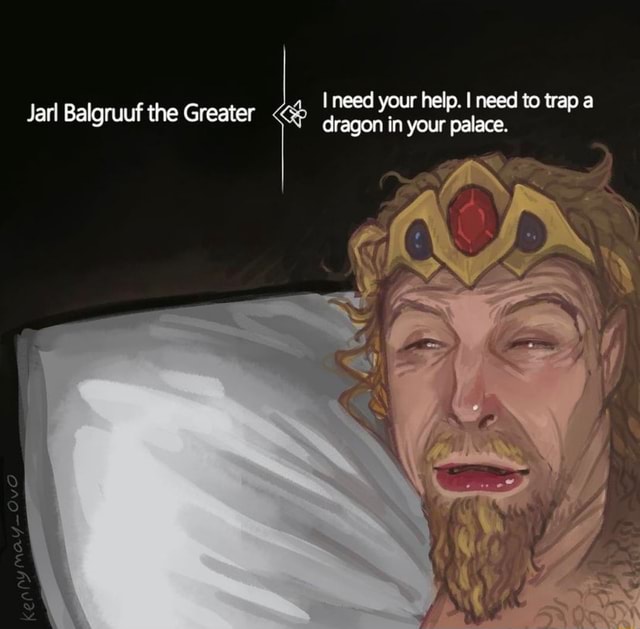

Guess I’ll just not be able to work without vpn lol.


Guess I’ll just not be able to work without vpn lol.


It’s already on Ollama. Exciting times!


The only admin left that has access to the server has gone missing for some time now. In itself this wouldn’t be too bad, but to name a few issues:


Of course they are, it’s not like there is some kind of international jurisdiction anyway. What is bothersome is why they do it.


It’s called Ruwiki.
It was launched in June 24, 2023 as a fork of the Russian Wikipedia, and has been described by some media groups as “Putin-friendly” and “Kremlin-compliant”.


It’s not about authorization. They want to build a knowledge base for when the Great Firewall gets some more filters. Just like russias mirror of wikipedia which is heavily edited to discredit the west.
The Onion network is too slow for porn. You’d also take away bandwidth from other people who arguably benefit more from it.